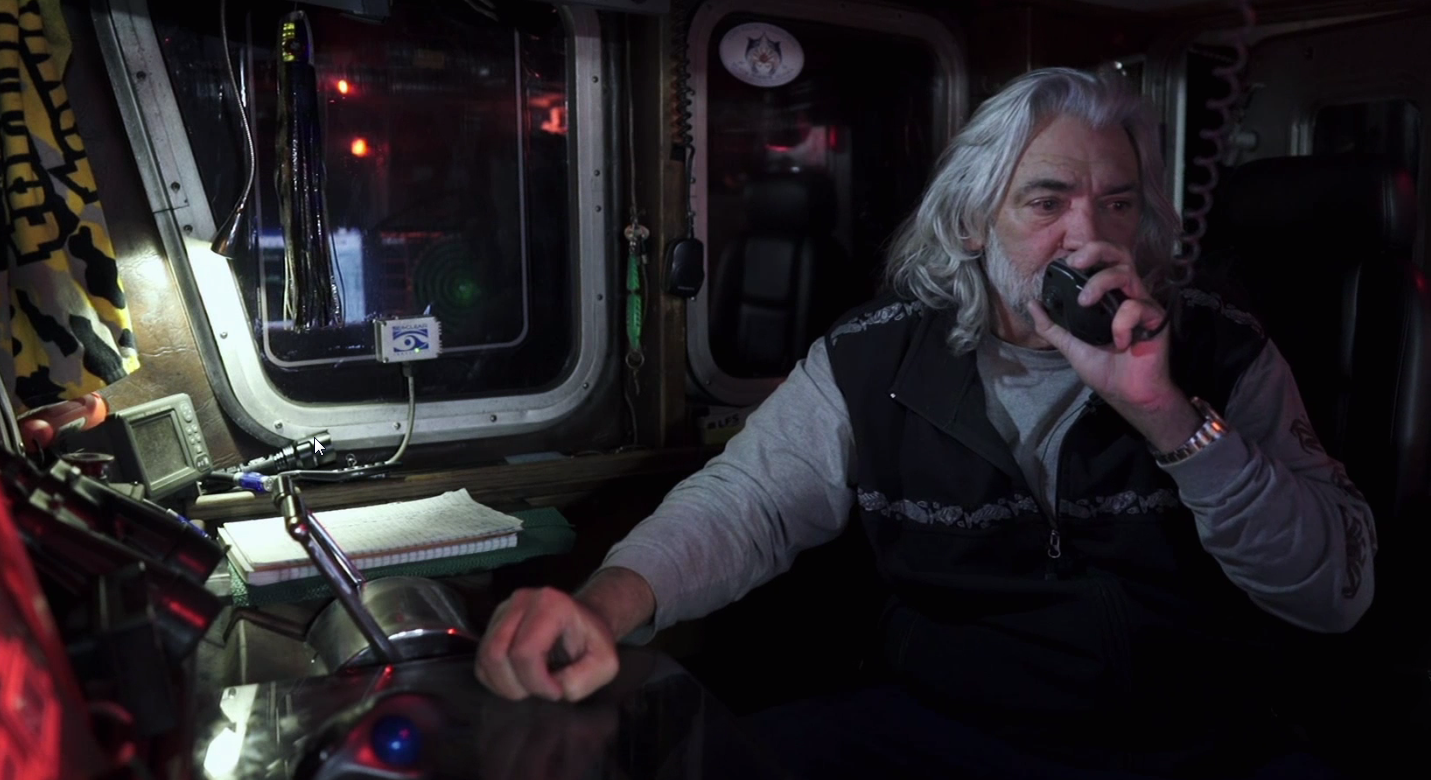EDITORIAL: State’s edict on gas cars shows disdain for rural Oregon
Published 12:00 pm Monday, December 26, 2022
The prospect that you won’t be able to buy a new vehicle, powered solely by a gasoline engine, at an Oregon dealership a dozen years from now probably sounds to you like a pretty big change.
Trending
Which is logical.
Eliminating a common transaction that’s been around for well over a century, and one that involves something so vital as how we get to work, deliver products and enjoy the freedom that the automobile offers, is hardly a minor matter.
Given the significance, you’d probably also assume that you would have a chance to potentially influence the decision, either at the ballot box or by lobbying legislators.
Trending
Sadly, you would be wrong.
Turns out that unelected bureaucrats, most of whom you’ve never heard of, can dictate your options at new vehicle showrooms.
The Oregon Environmental Quality Commission voted Dec. 19 to ban the sale of new gas-powered passenger vehicles in the state by 2035.
The edict, which follows a similar recent decision by California officials (also without any direct involvement from those pesky voters and citizens, with their silly expectation of having a say in their futures), doesn’t mean you can’t keep driving gas-powered cars. Nor does it affect the sales of used vehicles.
Nonetheless, this decision demonstrates both the commission’s childlike belief that well-intended wishes can be made to materialize, as if by magic, and its disdain for Oregonians whose lives, and potentially livelihoods, could suffer as a result.
Republican lawmakers lambasted the decision.
State Sen. Lynn Findley, who represents Baker County and is a member of the Joint Committee on Transportation, said “Oregonians everywhere deserve better than big, blanket mandates from unelected bureaucrats and interim directors. This is an issue that requires greater input from the public and legislative review before being acted upon. Taking that authority away only exacerbates distrust in our state agencies.”
Reducing carbon emissions from vehicles, a significant source of pollution that contributes to climate change, is a worthwhile goal.
But the auto industry is already moving toward electrification.
It’s been a relatively slow process, to be sure. But that’s in part because automakers, unlike appointed members of the Environmental Quality Commission, have to respond to their customers’ desires. Eventually the market will elevate electric vehicles to the new standard. But in Oregon, as in California, officials seem to believe they can force such transformations.
Greg Addington, a member of Oregon’s commission who voted against the ban on gas-powered cars, made a refreshingly realistic comment, noting that in rural parts of Oregon, many residents lack access to a robust electric vehicle charging network.
“There are a lot of people in the state who don’t get where this is going,” Addington said.
Proponents respond by saying that during the 12 years leading to the ban, the infrastructure will arrive, making electric cars viable everywhere.
But what if that doesn’t happen?
Oregon’s new rule concedes the potential challenges for people in areas such as Baker County where even routine trips are frequently a couple hundred miles or more. The rule requires that new electric vehicles have a minimum range of at least 150 miles, for instance.
But what if carmakers can’t sell such models at a price most people can afford, even by 2035?
The rule doesn’t completely outlaw the sales of vehicles that burn gas, either. It allows gas-electric hybrids, which have both an electric motor and a gas engine for propulsion.
But again, the commission is assuming that automakers will offer gas-electric hybrids in the future. Oregon bureaucrats can dictate to state residents, but they don’t make decisions for Ford, GM or Toyota. And Oregon is a tiny sliver of new vehicle sales, so rules here are hardly likely to have a major influence on automakers’ choices.
The commission should be encouraging steps that make electric vehicles more useful and affordable for Oregonians rather than banning the sale of vehicles that continue to make up the vast majority of the models that roll out of showrooms now.
This can include tax incentives for buyers and sellers of vehicles as well as companies that install charging stations, along with efforts to make the electric grid both more robust, to handle the added demand from electric car owners, and more environmentally friendly. Today, much of the electricity that powers “zero-emissions” vehicles is anything but, produced by burning fossil fuels.
Members of the Environmental Quality Commission ought to be lobbying to keep all the hydroelectric dams that produce clean power from the Columbia and Snake rivers, and advocating for nuclear and offshore wind power in addition to the much-heralded, but also quite limited, solar and land-based wind options.









